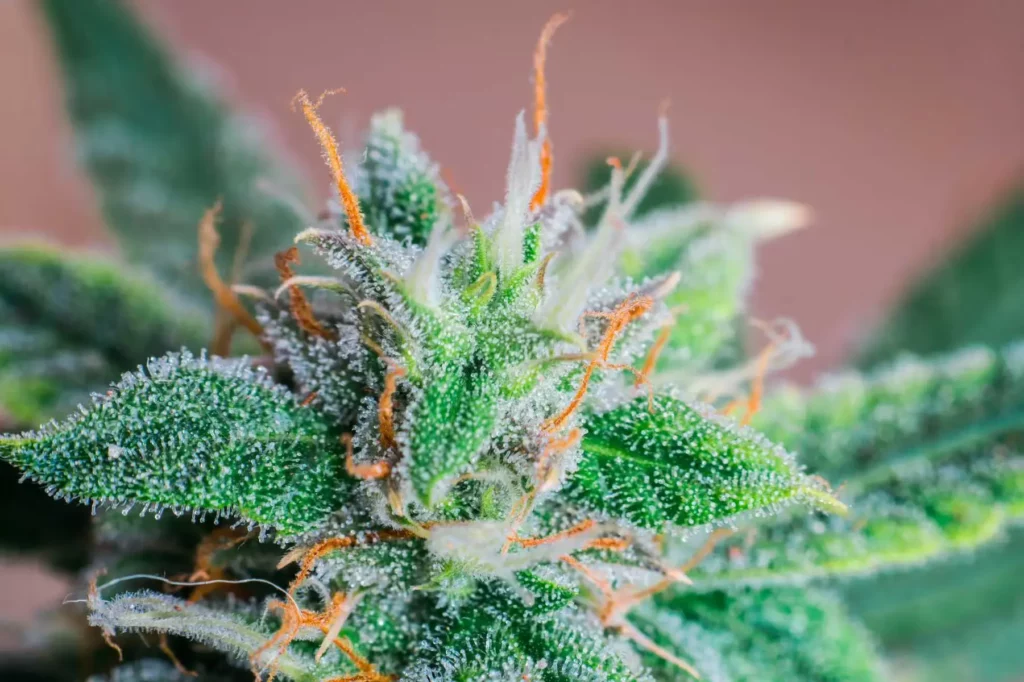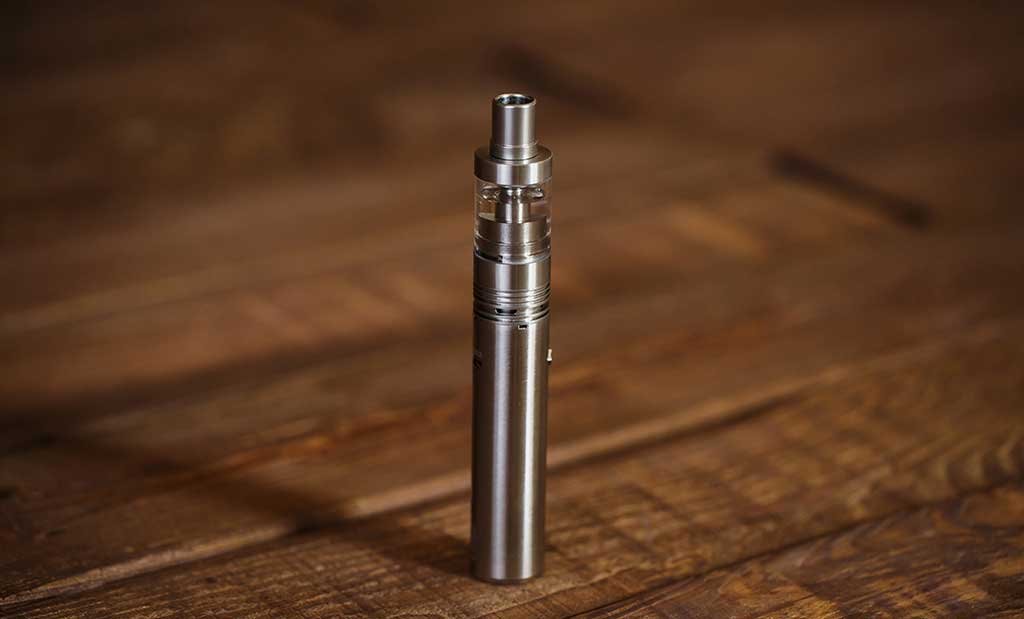Did you know that there are two distinct types of cannabis plants, and each produces a different kind of marijuana? They’re called Indica and Sativa, and the two categories can determine the type of high you’ll experience when consuming products made from these plants.
There are also strains of marijuana that are a combination of the two. These are known as hybrids, and, again, these will produce a specific type of high.
If you’re a cannabis connoisseur, and you’re curious about the difference between Sativa vs Hybrid vs Indica, then this guide is a great place to start. Read on for a rundown of these different categories now.
Back to the Roots
Before we get into the different types of highs produced by these plants, let’s talk a little bit about the plants themselves. Sativa cannabis and Indica cannabis are quite distinct from one another. A hybrid of an Indica plant and a Sativa plant is created by methods of cross-pollination.
Indica strains usually come from plants that are short and bushy that tend to grow in cooler climates than other types of cannabis. Sativa strains, on the other hand typically come from taller, more slender plants that naturally occur in warm or tropical climates.
Sativa vs Hybrid vs Indica: What Kind of High?
Now let’s talk about some of the effects you’ll be able to enjoy from each of these types of cannabis. One tip you’ll commonly hear is this pneumonic device for remembering the difference between the two: Indica sounds like “in da couch” which is a reference to the fact that Indica strains tend to give more of a body high. Sativa strains meanwhile tend to give more of a head high.
Let’s take a closer look at each. Some of the effects most often associated with Indica strains include
- Increased appetite
- Relaxation
- Euphoria
- Sleepiness
When it comes to Sativa, the effects are more likely to include things such as
- Increased energy
- Happiness
- The giggles
- A boost in creativity
With hybrid strains, you could be feeling any combination of the above symptoms. A hybrid will usually be described either as Indica-dominant or Sativa-dominant, and this will help you to predict what kind of effects it’s going to have.
Other Things to Consider
A strain being either an Indica or a Sativa isn’t the only predictor of how a plant is going to affect you. For example, the way in which you consume marijuana can have a huge impact on how intense of a high you’ll experience. Something like a bong or a dab is likely to give you a much stronger high than a vape or a blunt, for example.
Terpenes are another thing that can help you to choose the strain that’s right for you. These are compounds that protect plants from harsh weather and predators, and they are also thought to be a way of predicting how much THC or CBD is in a given plant. This, in turn, will let you know more about what kind of high you’re in for.
There’s a Strain Out There for Everyone
Because there are so many different kinds of cannabis strains, it’s not an exaggeration to say there’s something out there for everybody. We hope this crash course in Sativa vs Hybrid vs Indica will help you choose the one that’s right for you. If you’ve got questions on this, or anything else marijuana-related, get in touch with a member of our team today.
There are also strains of marijuana that are a combination of the two. These are known as hybrids, and, again, these will produce a specific type of high.
If you’re a cannabis connoisseur, and you’re curious about the difference between Sativa vs Hybrid vs Indica, then this guide is a great place to start. Read on for a rundown of these different categories now.
Back to the Roots
Before we get into the different types of highs produced by these plants, let’s talk a little bit about the plants themselves. Sativa cannabis and Indica cannabis are quite distinct from one another. A hybrid of an Indica plant and a Sativa plant is created by methods of cross-pollination.
Indica strains usually come from plants that are short and bushy that tend to grow in cooler climates than other types of cannabis. Sativa strains, on the other hand typically come from taller, more slender plants that naturally occur in warm or tropical climates.








